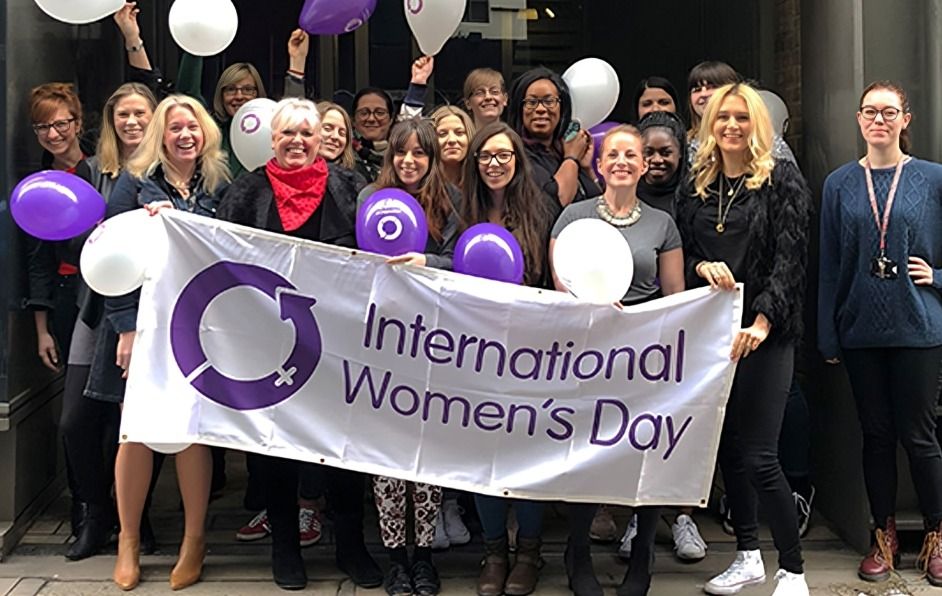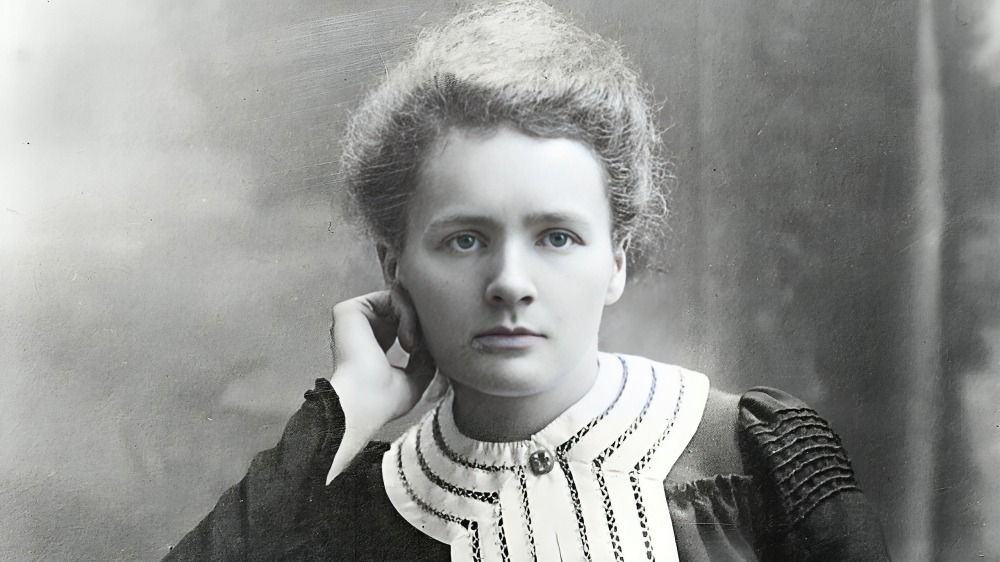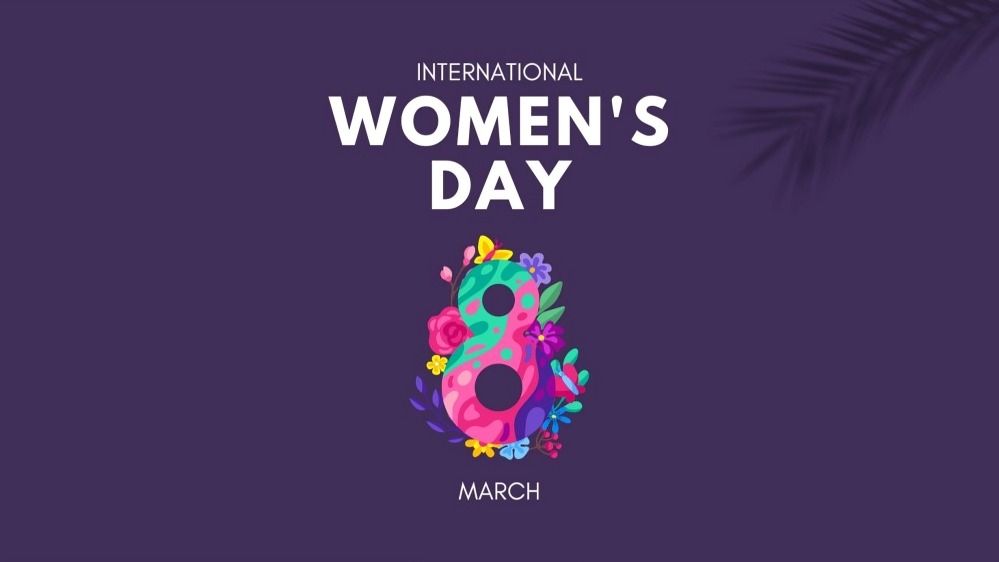
“
International Women’s Day, celebrated on March 8th, is a global occasion that honors the achievements and contributions of women across various fields. This day not only recognizes the social, economic, cultural, and political accomplishments of women but also raises awareness about the ongoing struggles they face. In this blog, we present 20 interesting facts about International Women’s Day that highlight its significance and celebrate the resilience and strength of women around the world.1
1
”
International Women’s Day began in the early 20th century, with the first official celebration occurring on March 19, 1911. Initiated by Clara Zetkin, a German activist, it aimed to advocate for women's rights and suffrage. 1
In 1977, the United Nations officially designated March 8 as International Women’s Day. This designation urged member states to proclaim the day as a celebration of women’s rights and world peace. 2
Each year, International Women’s Day centers around a specific theme highlighting pressing issues affecting women globally. Past themes have included gender equality, violence against women, and women's leadership. 3
The female gender symbol represents International Women’s Day, often displayed with the colors purple, green, and white. Purple signifies dignity and justice, green embodies hope, and white represents purity. 4

International Women’s Day is celebrated in various countries with events ranging from rallies and marches to conferences and workshops. These events unite millions to advocate for gender equality and women's rights.
Launched in 2006 and gaining momentum in 2017, the #MeToo movement highlights the prevalence of sexual harassment and assault. This movement emphasizes the need for societal change and accountability, particularly on International Women’s Day. 5
Women’s representation in politics is a critical focus on International Women’s Day. Countries like Rwanda and New Zealand have made significant strides in female representation, showcasing the importance of women in leadership roles. 6
An advocate for girls’ education, Malala Yousafzai was targeted by the Taliban for her activism in Pakistan. After surviving an assassination attempt, she became the youngest-ever Nobel Prize laureate, inspiring millions globally. 7
The late U.S. Supreme Court Justice Ruth Bader Ginsburg was a champion for gender equality and women’s rights. Her groundbreaking legal work paved the way for numerous advancements in gender equality in the U.S. 8
The World Economic Forum’s Global Gender Gap Report indicates that gender parity in economic participation could add $28 trillion to the global economy. Promoting women’s economic empowerment is vital for sustainable development. 9

Women like Marie Curie, the first woman to win a Nobel Prize, have made significant contributions to science. Celebrating women in STEM fields is crucial on International Women’s Day to inspire future generations.
Educating girls is one of the most effective ways to promote gender equality. Investing in girls' education leads to improved health, economic stability, and community development, making this a vital issue. 10
One in three women worldwide has experienced physical or sexual violence. International Women’s Day aims to raise awareness about this pressing issue and promote efforts to eliminate violence against women. 11
Issues like reproductive rights and maternal health are central to discussions on International Women’s Day. Advocating for women’s health leads to better outcomes for families and communities. 12
Figures like Wangari Maathai, the first African woman to receive the Nobel Peace Prize, have played vital roles in environmental activism and women’s rights. Their contributions inspire new generations to advocate for these causes. 13

Various countries celebrate International Women’s Day as a public holiday. In countries like Russia, women receive flowers and gifts, reflecting the day’s significance in promoting women’s rights.
The gender pay gap remains a significant issue, with women earning, on average, 77 cents for every dollar earned by men. International Women’s Day seeks to raise awareness and advocate for equal pay for equal work. 14
The rise of social media has amplified voices advocating for women’s rights. Hashtags like #InternationalWomensDay and #IWD2024 encourage global participation and awareness on this important day. 15
The pandemic disproportionately affected women, leading to job losses and increased caregiving responsibilities. International Women’s Day highlights the need for equitable recovery efforts that consider women’s unique challenges. 16
International Women’s Day is not just a celebration but a call to action. It encourages individuals and organizations to commit to advancing gender equality and ensuring the fight for women’s rights continues beyond March 8. 17

